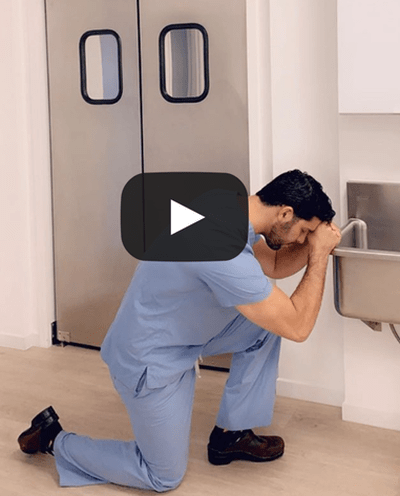What Does a Breast Reduction in Orlando Entail?
I like to say that a breast reduction trades large breasts for smaller breasts with scars. After a breast reduction, the scar pattern is an anchor shape: the areolae are made smaller with a circular scar around each of them, followed by an up-and-down scar in the front of the breast. This pattern so far would resemble a lollipop. There is also a scar that hides in the crease. Together, these scars take on the shape of an anchor. I always strive to make the scars as small and thin as possible. All of the sutures are “buried” under the skin’s surface, and no stitches need to be removed.
Breast reduction always includes a breast lift and areola reduction. So, your breasts will sit higher up on your body, and the nipple (areola) will be a smaller circle. I emphasize the support of the breast fold. Basically, I think of the fold like an underwire bra: The fold is responsible for holding up the remainder of the breast. In order to achieve a strong and stable inframammary fold (IMF), I use a special suture pattern, almost like a cross-stitch, along the breast crease. If you look at my photos and notice that the breast sits higher on the body after a breast reduction and lift, this special internal bra suture cross-stitch is the reason why!
Your nipple stays attached to your body the whole time during surgery. This allows me to preserve the circulation to the nipple, and more importantly, I am able to protect the nerves that provide sensation to the nipple-areolar complex. Women most often have normal or increased sensation after a breast reduction. For younger women, breastfeeding should also be possible should you decide to have a family after your breast reduction surgery.
I am often able to remove several pounds of tissue from a breast reduction! In order to prevent fluid buildup in the breast after surgery, I often place a small drain under the skin. This is removed the day after surgery and is remarkably pretty painless—the drain is smooth and slides right out.


















